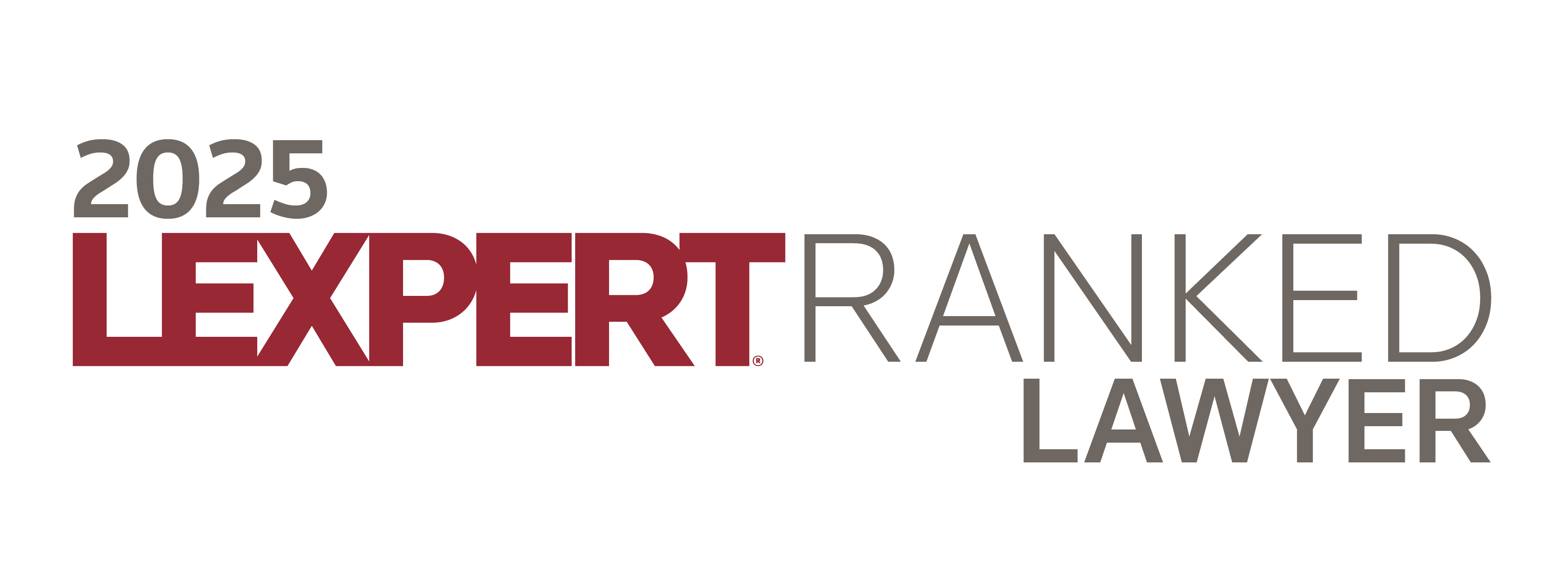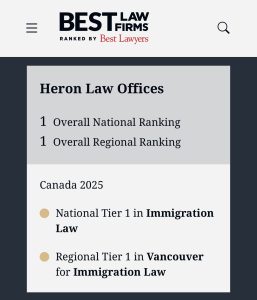Used correctly, the affidavit is one of the most powerful tools in an immigration representative’s toolbox.
Not only do they cushion against insufficiency of evidence arguments in Federal Courts (where Federal Court Judges commonly point to a lack of an affidavit when they dismiss a case – e.g. see Krah v. Canada (Citizenship and Immigration), 2019 FC 1506 (CanLII), <https://canlii.ca/t/j4f8z> at paras 20 and 88) but they also serve as key bastion for credibility. A good affidavit has the dual power of clarifying and correcting factual records necessary to layout the key legal arguments.
Today’s day and age is one moving away from self-serving (‘gaming by claiming‘) support letters and even further away from legal representative’s submissions that are often discarded. The affidavit becomes the vehicle for truth and storytelling.
I am writing this piece after having seen bad affidavits, both in content and form. Too commonly, affidavits are considered and afterthought. They are rushed, they are perjury.
In this piece, we will go over five key affidavit tips. Again, I fully recommend that where an affidavit is pursued more than just a local notary is utilized, and that someone else is driving the bus. Consider contacting a lawyer or legal counsel who will go over each line of the affidavit with you (with an interpreter who will translate and sign their declaration). Do not rush the process. Do not just sign anything put in front of you. It is not just a $50 signature, but a very crucial and important legal document in your case.
Tip 1: Remember Affidavits are Organized Statements of Fact or Opinion and Not Spaces for Legal Arguments
This part is difficult for many to grasp as they are used to writing either letters that plea or request for something or are filled with emotional language and adjectives. That is not to say affidavits cannot be emotional. A good affidavit where facts are presented and weaved together with opinions of the affiant can elicit strong emotions and make a strong argument within itself. However, an affidavit is not simply a disguised legal argument or plea to emotion.
Other differences are the fact affidavits tend to have more order and structure. In addition to the jurat and standard lines about use of the affidavit and the verifiability, it usually follows a chronological or at least categorical (heading) order.
It is also important to state that Affidavits are not for every circumstance. Indeed, there are times where a very strong letter of support – which is able to discuss emotions more freely, or utilize less formalistic language, can create a compassion that an affidavit might not be able to.
Think about situationally, where the file is at. Is it an initial application where the applicant’s credibility is not in question – perhaps a letter of support of support is enough. If a case has a high likelihood of going to appeal or review, maybe an affidavit would be preferred. Also – how set are you on the facts of the case? I have also had cases where early on
Finally, on this point, affidavits are different in various contexts. In some countries, letters are not official until they are in ‘affidavit’ form – and many times they do read like notarized letters. Remember that this could be important also for the judging of both credibility and sufficiency of evidence, if an affidavit is expected but not provided.
Tip 2: Exhibits are Just as Important as the Affidavit Itself, and the Weaving Both Can Make it Extra Effective
I find that affidavits often exist in two forms. In one, the affidavit is more standalone. For example, in the context of an immigration application, where there is a specific order of the other supporting documentation it may not be conducive to an Affidavit with many exhibits in chronological order. Sometimes, rather than attaching exhibits that duplicate or may be too bulky for online upload, we may need to cross-reference other materials submitted within an application.
However, especially in response to a procedural fairness letter and where there is a strong and key legal argument based on a specific document – it is beneficial to utilize the affidavit to the full extent. I tend to utilize my legal submissions to argue and cite to the affidavit, but the affidavit itself is effective in framing the objective evidence. This is often in providing the chronological or factual context by which this exhibit appears.
Recently, we received an Access to Information Request (ATIP) back where it appears our strategy was effective. The Officer is convinced by an exhibit included, but it was explained through the affidavit why the particular exhibit created the factual context of the “innocent misrepresentation.” It is to be noted the applicant never makes the legal declaration – “I believe I innocently misrepresented myself.” The Officer’s notes suggest he both read the exhibit and as well how we framed the Applicant’s learning of the existence of the document cited in the exhibit and how it affected his decisions on the application.
Tip 3: The First Version is Rarely Ever Correct – Fix, Rinse, Repeat, Fix, Rinse, Repeat
One of the things I like to start with right away is warning my client that perjury is a criminal offense (and perhaps could render them criminally inadmissible) AND that on the flipside, memory is a faulty and imperfect tool. While there is a tendency to rush and get things done quickly in our line of work, when working on a complex affidavit when many layers – time is needed. Accurate and fulsome stories rarely get told on day one. Trust needs to be built between you and the client and time needs to be spent constantly questioning and re-questioning – “woodshedding” as my mentor (now Justice) Peter Edelmann once said. One of the most effective ways to challenge memory is to ask for something objective. For example, you said you met her on X date – do you have chat messages from that date? You said you went to X country, can you provide plane tickets?
Doing this work also requires active and engaged listening. Too often affidavits are ‘written for’ clients rather than ‘written with.’ That is where mistakes and overreliance tend to happen. Clients think you as a lawyer or advocate do everything, they sit back and get passive with the process. Only later on, when they are told by someone doing it the ‘line by line’ way that they realize they were misguided but it is also at that stage where blame may get passed around.
A good affidavit often goes through double digit drafts and EVEN THEN last minute changes invariably happen. I have been at affidavit meetings where we luckily decided to do a final ‘line by line’ where the affiant noticed the dates were entirely off due to the misremembering of a key date. In this case, it was through reviewing other documents (in this case immigration forms and passport stamps) where the entire order of the affidavit dates were put in question. In turned out that both the affiant and her spouse had mis-remembered the details of twenty years ago.
Affidavits are Themselves a Complex Creature
In future posts I will go into the nitty gritty of more legal terms – hearsay, double hearsay. I will also examine some Federal Court decisions that were very critical of the use of affidavits to try and supplement deficient initial applications or Officer’s notes. It is fair to say that the battle over affidavits will continue and I would not be surprised in tomorrow’s digital age if affidavits took on a bigger role and the fear of perjury/risk of misrepresentation becomes more pronounced as data flows freely between Governments, third parties, and decision-makers.




